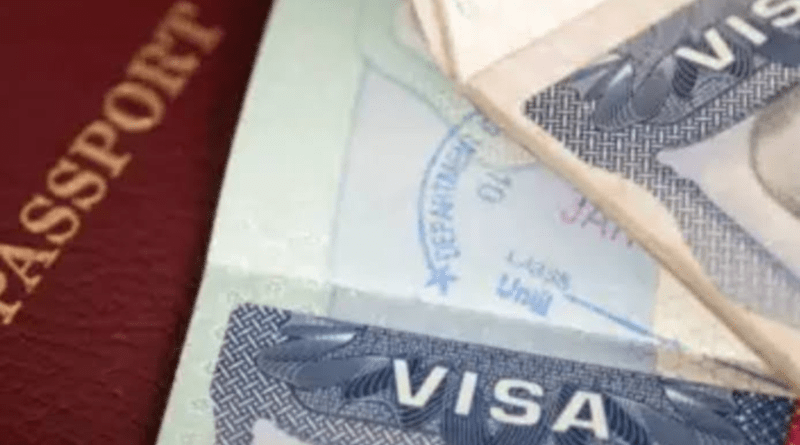NZ now tightens visa requirements: know it all here.
Before granting permission to hire immigrants, employers with roles that fit into levels 4 and 5 must interact with Work and Income.
In reaction to high, unsustainable net migration volumes, New Zealand has tightened its visa requirements. The revised standards emphasize language and skill expertise in addition to reducing the length of work permits for foreign nationals.
A minimum skill and work experience criterion for the majority of company work visas, as well as English language requirements for low-skilled employment, are among the changes. Furthermore, the three-year limit on continuous stays instead of the five-year maximum for low-skilled jobs was implemented. With the help of these measures, the country’s migration flow will be efficiently managed, and visa holders will be made to fulfill certain requirements in order to make a good labor contribution.
Immigration Minister Erica Stanford stated in a statement, “The government is focused on attracting and retaining highly skilled migrants, such as secondary teachers, where there is a skill shortage.
”New Zealand’s latest visa regulations:
There will be strict English language requirements for low-skill occupations.The majority of work visas have minimal skill requirements, which can take the form of appropriate training or work experience.
The five-year maximum continuous stay for work permits will now only be allowed for three years.
Additionally, employers are urged to recruit foreigners only after verifying that no qualified New Zealanders have applied for the position.
Prior to obtaining migrant clearances, employers who wish to fill level 4 and 5 posts must communicate with Work and Income.
In order for firms to receive new Accredited Employer Worker Visas (AEWV), they must guarantee that migrant workers are employed for a minimum of thirty hours per week.
Why is New Zealand making immigration requirements more stringent?
According to the BBC, 173,000 non-NZ citizens moved to the nation in 2023. New Zealand, home to 5.3 million people, has experienced a spike in immigration since 2022. To allay fears about unemployment, the government prioritizes providing jobs for its people.
New Zealand intends to efficiently control net migration by putting in place a “smarter immigration system.” This plan guarantees that employment opportunities without skill shortages will be available to New Zealanders.
The government’s emphasis on creating a more effective immigration system demonstrates its dedication to managing migration while preserving local job opportunities.
These adjustments mark the beginning of a more extensive work program to develop a more intelligent immigration system that better manages risk, attracts top talent, adapts to our shifting economic environment, controls net migration, and is self-funding and sustainable.




